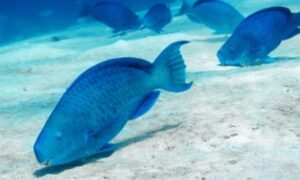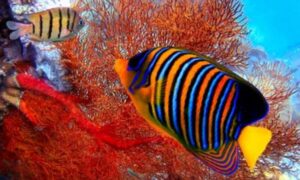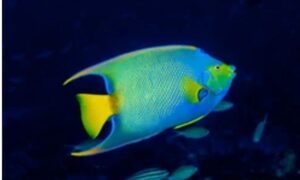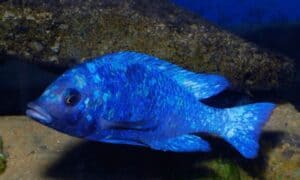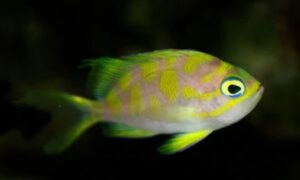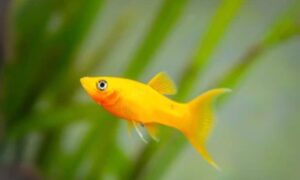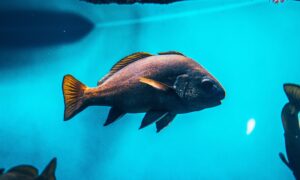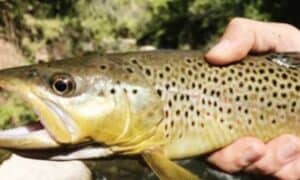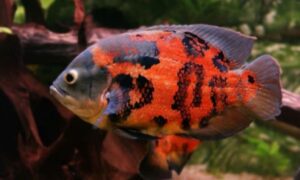White Opal Betta fish are very beautiful and popular species available worldwide. They can be found in a wide variety of colours. They are available in many beautiful colours and patterns
But there is one betta which is plain white in colour but still, it’s a very fascinating and beautiful fish. They are not bright coloured which makes them stand out from other bettas. I absolutely love the plain white colour of them which makes them look like cute little sea angels. They are not rare but also they are not as popular as the other bright colourful bettas. As many people prefer to have colourful bettas but also many people love these white opal bettas due to their simple and pleasing look.
They are definitely a great addition to your home aquarium
Table of Contents
Facts about white opal betta fish
- They are easy to take care of.
- They are omnivorous so they feed on both plants and meat.
- They are freshwater fish
- They require a protein-rich diet for better growth
- They eat insects and larvae in the wild
- They were given the name Siamese fighting fish because they were truculent towards other betta males and the interesting part is they come from Siam, which is now known as Thailand
The appearance of white opal betta
They have pure white coloured skin but some fish keepers observe that white opal bettas turn pinkish in colour after some time. Besides their white beautiful skin, they come with a variety of tails, we will discuss all of them in detail so you can know more about your White opal betta.

Halfmoon
As the name describes itself halfmoon tail is the shape of a half moon, in easy words like a half circle. Also, it is observed that halfmoon tail bettas are more aggressive than other bettas
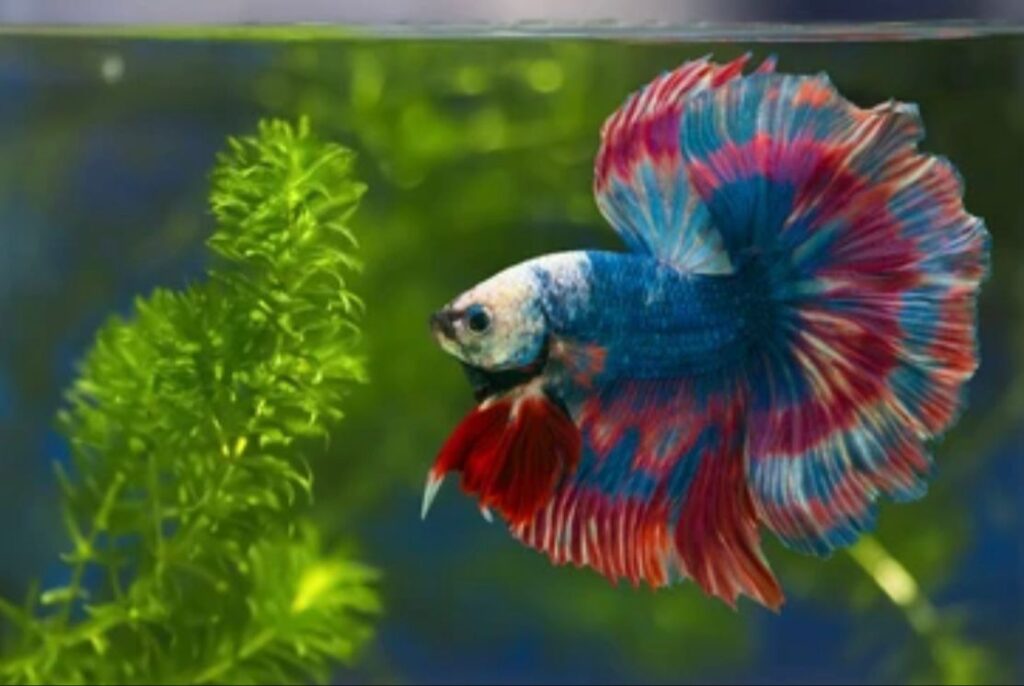
Double tail
These bettas have two tails and lengthy and large beautiful dorsal fins.
Elephant ear
It is called dumbo betta. This one is more focused on the fins instead of tail. As their name suggests dumbos have quite large pectoral fins that look like an elephant’s ear.
Captive-bred dumbo specimens are found in a wide range of beautiful striking colours, which also include male white opal betta or female white opal betta.
Rosetail
This is a variant of halfmoon betta. Their beautiful fins are rippled like the edge of a rose petal, this is why they are called Rosetail. They have a quite long tail

Plakat
According to my experience, this is quite a unique tail among bettas as it is short as well as rounded. They have thick bodies and their tails don’t trail or flow. They are also known as original bettas that come from nature.
Crowntail
As the name suggests, this tail looks like a spikey crown. They first appeared in Indonesia. Male fishes of this variety have fins that look like spikey crowns, on the other hand, females of this variety have quite short tails.
Veiltail
They are very common so you can easily find them in many fish stores. They have lengthy, flowing tails and they drape like a veil, that is why they are called Veiltail. They are quite easy to breed and also they are dominant in nature.
Delta tail
From its base it is narrow and then it gradually becomes widen at the end which gives them a triangular appearance. The tail edges are quite soft without any crowning or combing.
These are some of the varieties which you need to know. Female white opal bettas are not very popular as male opal bettas.
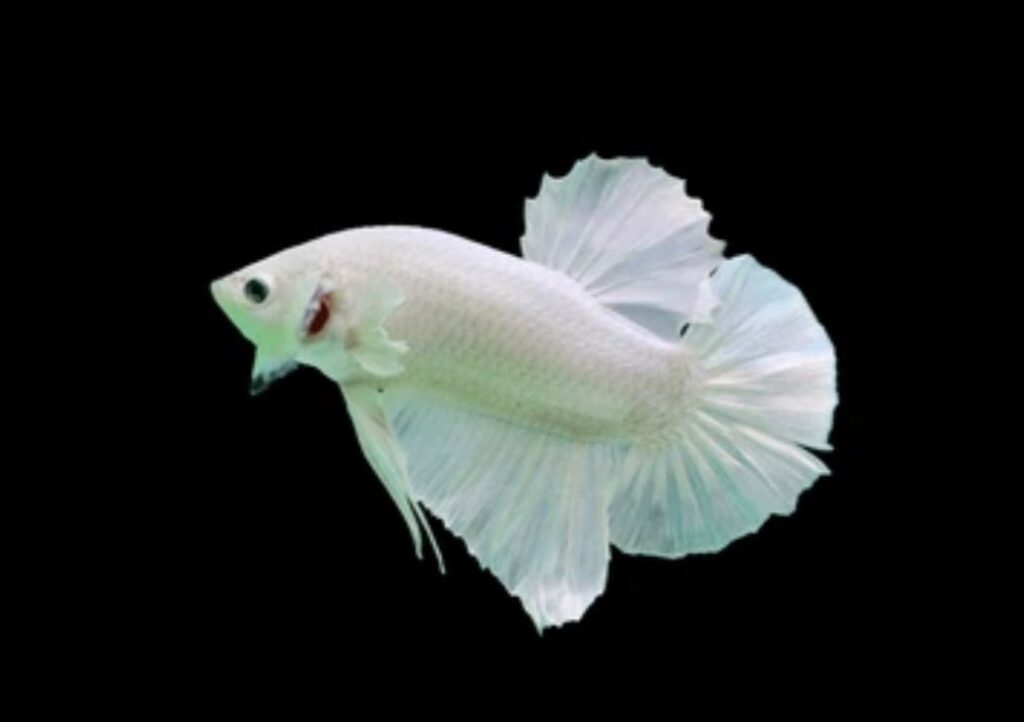
Care of White Opal Betta Fish
In general, Bettas are quite easy to care for, as long as you fulfil their water conditions. And also it’s important to provide them with a nutritious diet. But don’t worry at all as bettas won’t give you a tough time.
Habitat and Tank Requirements
It is ideal to have 5 gallons for your white opal betta. The temperature of their tank should be similar to tropical temperatures, which is in a range of 76° F to 81° F, and the pH range should be 6.8 to 7.5 but if you ask my opinion the best is with a neutral level which is below 7.0
You must avoid direct sunlight at all costs since you won’t be able to control the temperature of your tank with it. Some other best equipment you should have are a sponge filter, thermometer, siphon hose, and also a water conditioner that is really good for water changes.
The substrate of your home tank should be smooth in order to avoid any injuries on their soft fins and tails. You should find smooth gravel or sand for your White opal betta so they don’t get injured while swimming.
For decorations, you can also use live plants. It is also very useful to keep plants in the tank as it will remove the ammonia from the tank, but if you don’t find live plants you can also use artificial ones for decoration:
Choose silk plants for your tank and make sure the skin of that plant is not rough to protect the delicate tails and fins of your White opal betta.
Another suggestion I want to give you guys is to keep a water heater in order to maintain the tank temperature.
If you use tap water then make sure to treat it with a water conditioner to remove chlorine or any other harmful substances or chemical and lastly, you must never use distilled water.
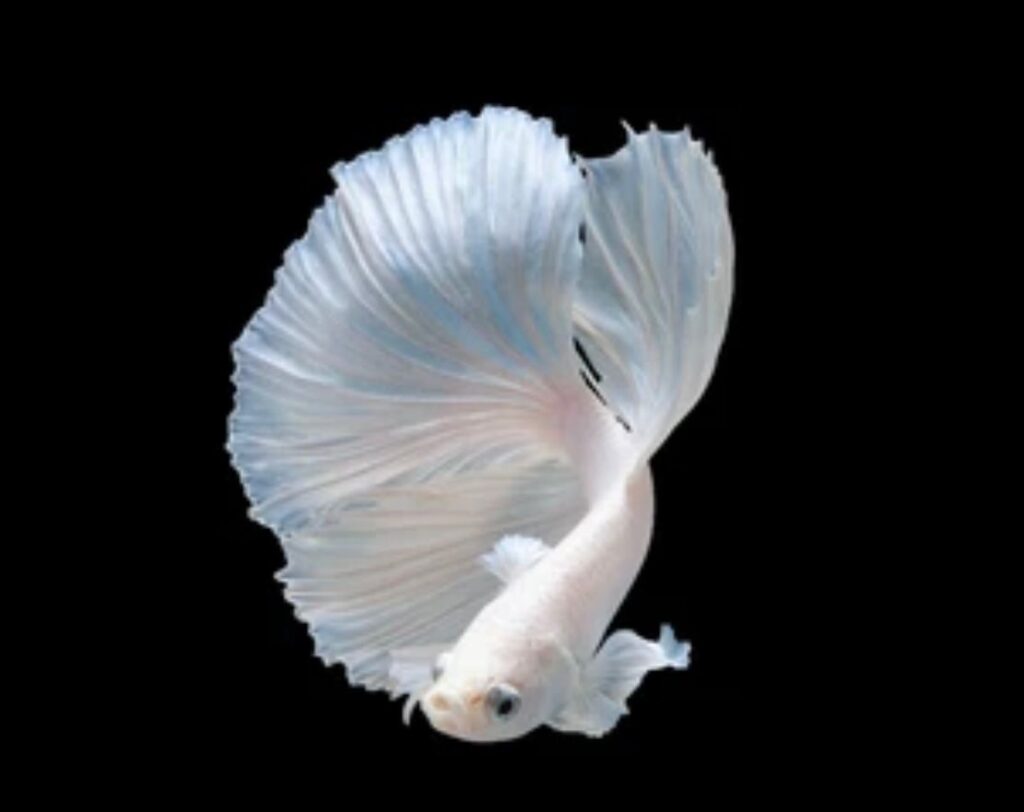
Are white opal betta good tank mates?
Some of the important things you need to know is if you have a male white opal betta as your pet, then never put any other male white opal betta with them as they will fight. You also should not keep any female White opal betta until and unless you are breeding and it should be for a very short time to avoid any trouble.
You should have an 8 to 10-gallon tank so they can swim freely. Some best tank mates for bettas are loaches, corydoras and plecos.
Tankmates to avoid
You must avoid these tank mates at all costs These are angelfish, parrotfish, killifish, or Oscars, you must never keep them with bettas. My personal technique is whenever I choose a tank mate for betta I do proper research on whether they will make good tank mates or not to avoid any trouble in future. So should follow this same technique, and check on the internet before choosing tank mates for any fish so your fishes are safe in your aquarium.
Diet of white opal betta
White opal betta are omnivorous so they feed on both plant and meat. In the wild, betta eats larvae and insects. So if you are having a white opal betta as your pet then make sure to provide them with a protein-rich diet.
Their diet should include flakes, pellets, frozen or dried, and live food options.
Some of their favourites are frozen or dried brine shrimp, bloodworms or daphnia also these items are great for them as they are rich in proteins which will keep your white opal betta healthy and happy in your tank.
You should feed them twice a day and don’t overfeed them. If you are feeding any treat to your White opal betta but they don’t eat it then immediately remove that item from the tank for avoiding any mould or disease occurring in the tank.
I always suggest everyone never overfeed their fish since overfeeding is very dangerous. If you will overfeed your White opal betta, then they can have gastrointestinal issues and they will get sick.
Breeding of White opal betta
For breeding, you have to set up a separate breeding tank. It should be 10 gallons and don’t put any substrate in it.
First of all, you have to place the female White opal betta in the breeding tank and give her some time so she can acclimate, most probably it should be 30 minutes.
Now you can put the male white opal betta in the tank with a female, and they are going to engage in a number of mating rituals.
Male white opal betta will wait for the female under his nest, and then they will engage in mating. After this, the female white opal betta will start laying eggs. Once this is done, you should immediately remove the female white opal betta and put her back in her original tank.
After this process, the male will place the eggs inside the bubbles and it will take care of the nest and the hatchlings for 3 days.
After this, the fry will start to swim on their own. When you observe this then you should remove the male white opal betta and place him back in his original tank. Now almost everything is done and you can start feeding the fry.
Price of White Opal Bettas Cost
The price ranges for white opal betta start from $20 to $25. As I already mentioned above, white opal betta is not very common, so it may be difficult for you to find them.
But you can still search for them in your local pet shops and if you are lucky enough you may find these beautiful bettas.
But one point to be noted is to do proper research about the breeders before you buy a new betta fish, to ensure you are buying a healthy betta fish.
Is white opal betta rare?
They are sort of uncommon as you might face difficulty in finding them in your local pet stores because many fish keepers prefer the bright-coloured bettas as their pets. But there is nothing to worry about at all you can still find White Opal betta specimens online or you can even get them from special dealers.
Conclusion
White opal bettas are definitely a beautiful addition to your tank. They are easy to take care of and don’t give any tough time. They are unique due to their simple colour and beauty. They are quite intelligent and fun to keep, which is why many fish aquarists around the world like to keep bettas as their pet.


